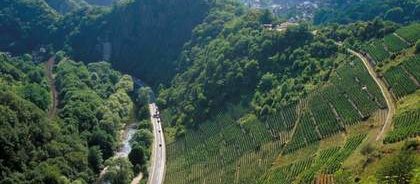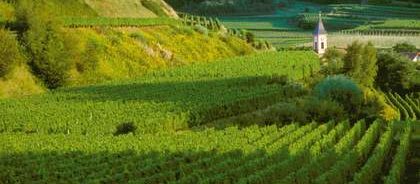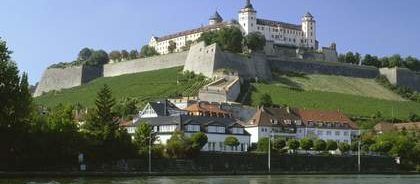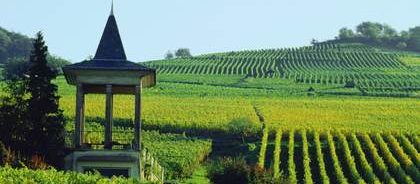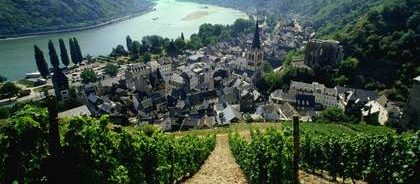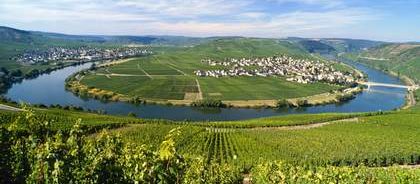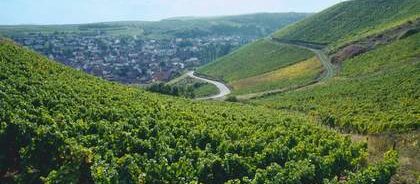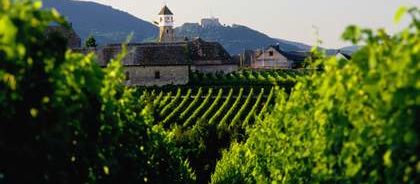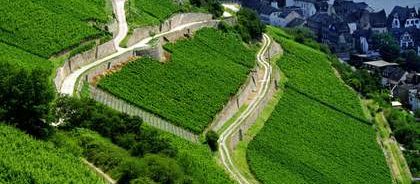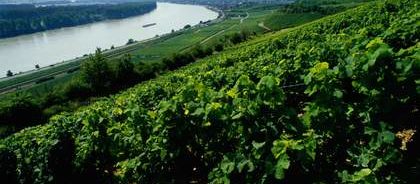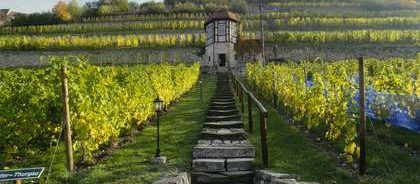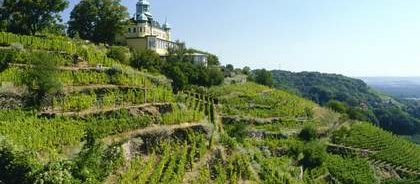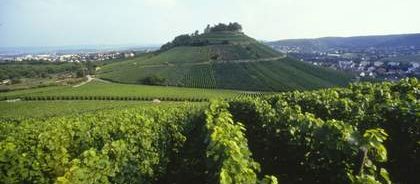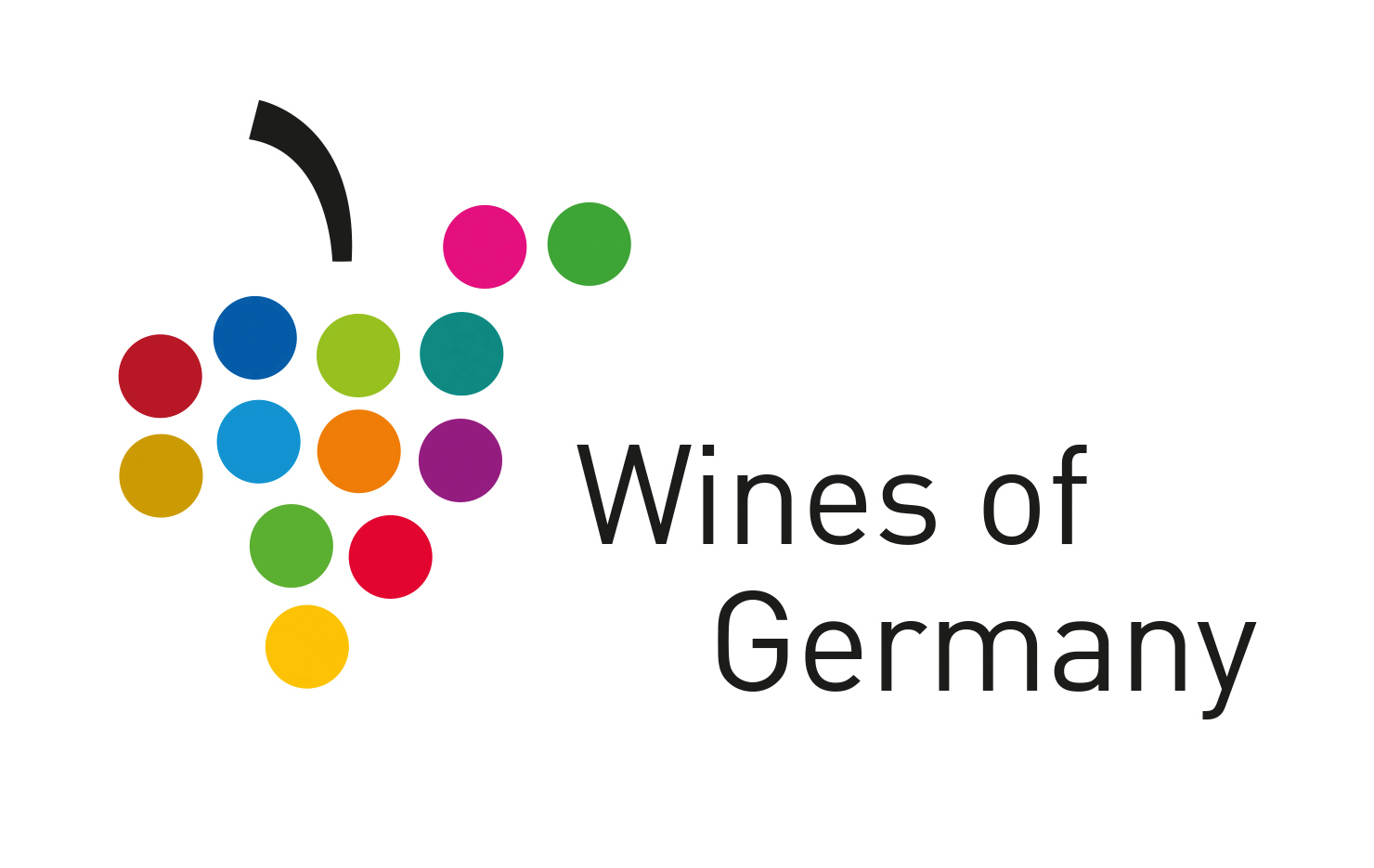Wine Regions of Germany
With the exception of Saale-Unstrut and Sachsen in the East, Germany’s wine growing regions are mostly concentrated in the south where the weather is slightly warmer.
Moderate summer temperatures produce wines that are relatively low in alcohol, and the diversity of German wine stems from the many soil types and grape varieties found throughout Germany’s 13 wine-growing regions.
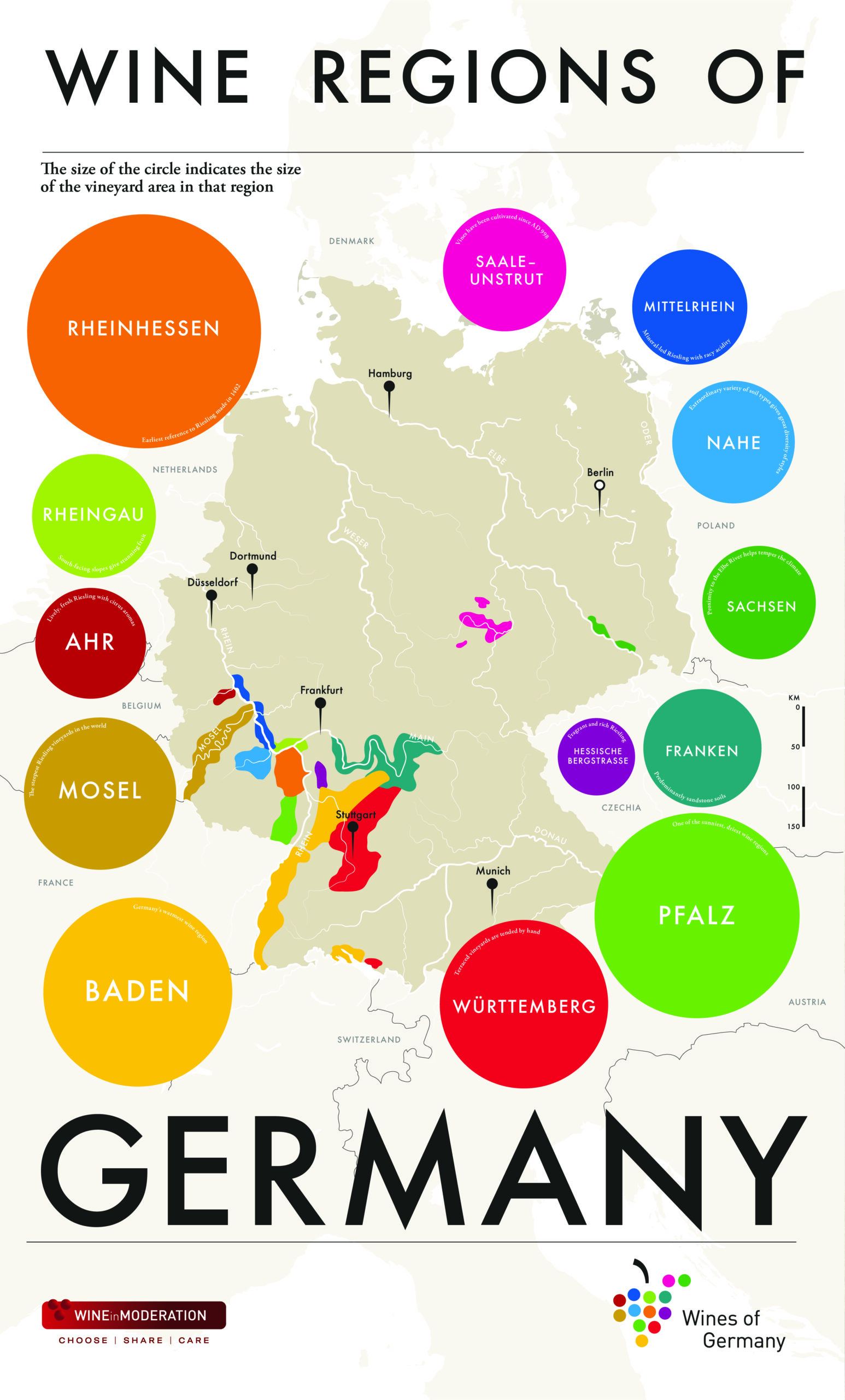
-
Ahr
Renowned for its stunning red wines, the Ahr is one of Europe’s northernmost wine regions and one of the smallest in Germany. Between Altenahr and Bad Neuenahr vines perch on
-
Baden
Warm and sunny Baden, the southernmost German region, stretches some 400km (240 miles) along the Rhine from the Bodensee (Lake Constance) to Heidelberg, taking in the Black Forest, as well
-
Franken
Franken, the hilly region east of Frankfurt, follows the zig-zag of the Main River. Distinctive wines and the Baroque residence in Würzburg make it a mecca for art and wine
-
Hessische Bergstraße
The smallest German wine region, Hessische Bergstrasse takes its name from an old Roman trade route and is a pretty landscape of vines and orchards scattered on hilly slopes. Riesling
-
Mittelrhein
Beginning just below Bonn and extending about 100km (60 miles) south along the banks of the Rhine, the Mittelrhein is a beautiful region of steep, terraced vineyards and some of
-
Mosel
The valleys of the Mosel River and its tributaries, the Saar and the Ruwer (pronounced Roo-vair), are the setting for some of Germany’s most beautiful and romantic wine country. From
-
Nahe
The Nahe region is named after the river that gently flows toward Bingen on the Rhine. Although the Nahe is one of the smaller German wine regions, its extraordinary range
-
Pfalz
The Pfalz is Germany’s second largest wine growing region with a vineyard area of about 23,000 hectares. Bordered by Rheinhessen to the north, the Haardt Mountains to the west, the
-
Rheingau
The Rheingau is one of the most distinguished wine regions of the world. Moving from east to west, the fairly flat, dimpled landscape evolves into progressively steep slopes. It is
-
Rheinhessen
Germany’s largest wine region Rheinhessen with about one forth of the whole German vineyard surface, lies in a valley of gentle rolling hills. Steep vineyard sites are confined to small
-
Saale-Unstrut
Vines have been cultivated since AD 998 on the hillsides lining the Saale and Unstrut rivers which lend their name to the small, but growing, Saale-Unstrut region. It is among
-
Sachsen
Sachsen is Germany’s easternmost wine-growing region, with a recorded viticultural history dating from 1161. Most of the vineyards are between Dresden and Diesbar-Seusslitz, the northern end of the Saxon Wine
-
Württemberg
Württemberg is a rural, hilly region adjacent to Baden and south of Franken. Metropolitan Stuttgart and Heilbronn are wine centres, furthermore you find vineyards throughout the Neckar River Valley. Red

